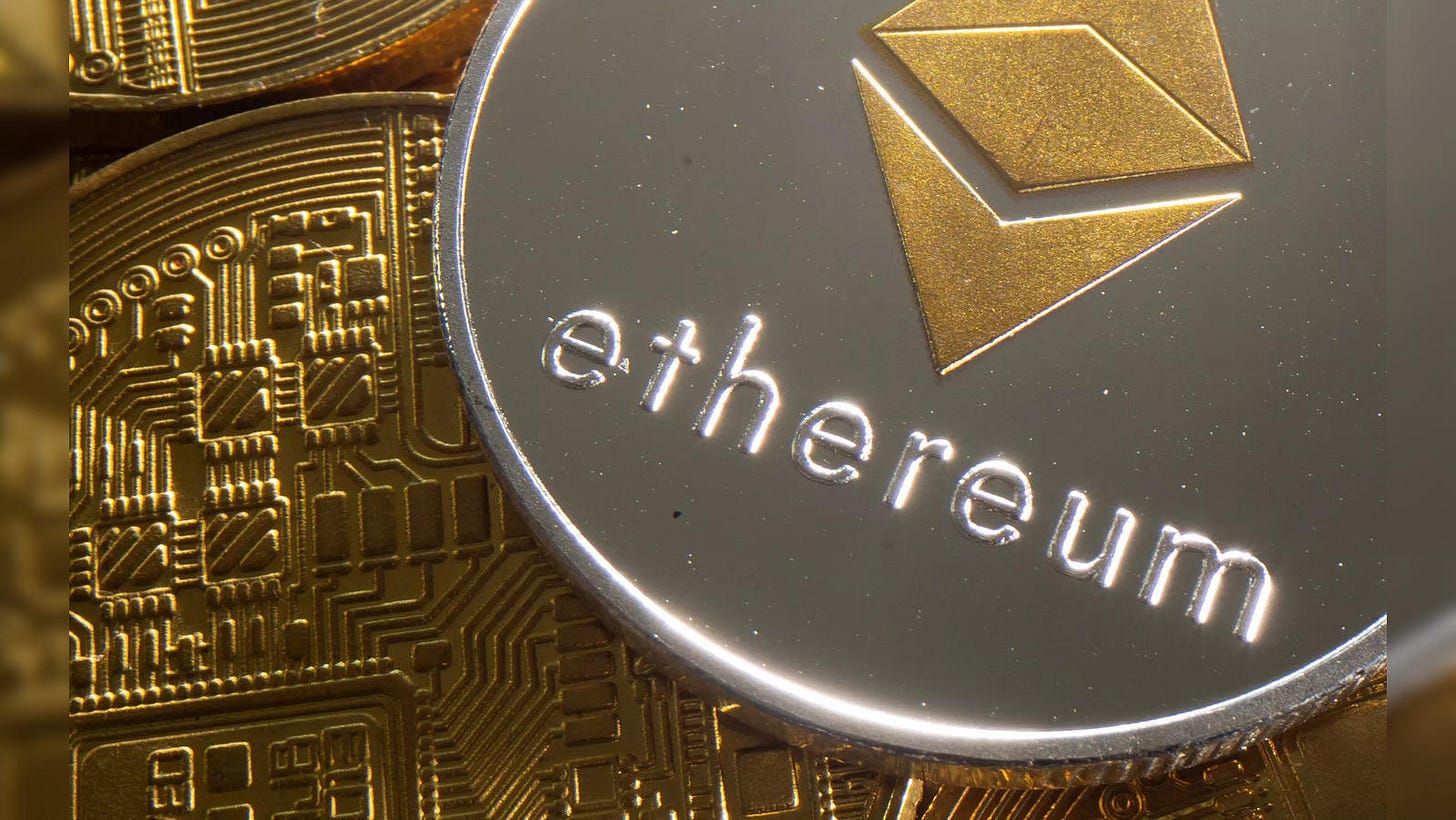Introduction
In the ever-evolving world of finance, the digital asset landscape is undergoing a seismic transformation. As institutional investors and high-net-worth individuals pivot toward premium digital assets, the market is witnessing a recalibration of value, driven by scarcity, utility, and technological advancement.
The Rise of Premium Digital Assets
Historically, the cryptocurrency space has been a playground for speculative investments and volatile price swings. However, a distinct shift is occurring as more investors gravitate toward assets perceived as "premium" in terms of security, scarcity, and long-term value. Bitcoin, Ethereum, and certain blue-chip NFTs (non-fungible tokens) are leading this charge.
1. Bitcoin: Digital Gold
Bitcoin's narrative as "digital gold" has solidified over the years. With a capped supply of 21 million coins and increasing institutional adoption, Bitcoin has become a hedge against inflation and economic uncertainty. Major financial institutions, including BlackRock and Goldman Sachs, have been accumulating Bitcoin through ETFs and direct holdings.
2. Ethereum: The Digital Oil of Web3
Ethereum's role extends beyond being a cryptocurrency. As the backbone of decentralized finance (DeFi) and NFTs, Ethereum's utility positions it as "digital oil" that fuels the new internet economy. The transition to Ethereum 2.0, which introduces proof-of-stake, has further enhanced its appeal by reducing energy consumption and increasing scalability.
3. Blue-Chip NFTs: Digital Art and Ownership
NFTs have transcended their initial hype cycle to establish themselves as verifiable digital ownership tools. Projects like CryptoPunks and Bored Ape Yacht Club are now considered blue-chip assets, with major brands and celebrities investing in them. The rarity and cultural significance of these NFTs drive their value, positioning them as premium assets in the digital world.
Institutional Involvement and Market Maturity
The entry of institutional investors marks a pivotal moment for the digital asset market. Beyond speculation, these players seek long-term value, driving demand for assets with strong fundamentals and real-world applications. Goldman Sachs recently increased its Bitcoin holdings by 83%, signaling confidence in the asset's future.
Central banks and sovereign wealth funds have also begun to explore Bitcoin and other digital assets as part of their reserves. This trend highlights the growing recognition of digital assets as legitimate components of diversified portfolios.
The Scarcity Premium: Why Supply Matters
Scarcity remains a key driver of value in the digital asset space. Bitcoin's fixed supply and Ethereum's deflationary mechanisms create a scarcity premium that appeals to investors. This dynamic mirrors traditional markets, where rare assets—such as fine art or rare collectibles—command higher valuations.
In the NFT space, limited editions and unique attributes contribute to the scarcity premium. Projects that cap their supply or introduce burn mechanisms to reduce circulating assets gain increased attention from collectors and investors alike.
Regulatory Clarity and Market Confidence
One of the significant barriers to widespread digital asset adoption has been regulatory uncertainty. However, recent developments suggest a shift toward clearer frameworks. Countries like the United States and the European Union are establishing comprehensive regulations for digital assets, fostering confidence among institutional players.
Regulatory clarity not only reduces risk but also legitimizes digital assets as a viable investment class, accelerating the shift to premium assets.
The Future of Premium Digital Assets
Looking ahead, the premium digital asset market is poised for substantial growth. As blockchain technology matures and real-world applications expand, assets with strong fundamentals and community support will continue to outperform.
Key trends to watch include:
Expansion of Bitcoin ETFs and their impact on market liquidity.
Growth in tokenized real-world assets (RWAs).
Increasing integration of NFTs in sectors beyond art, including real estate and gaming.
Conclusion
The shift to premium digital assets reflects a broader evolution in the financial landscape. As scarcity, utility, and institutional adoption drive value, these assets are becoming integral to wealth creation strategies. Investors who recognize this shift early stand to benefit as the market matures and digital assets cement their place in the global economy.








